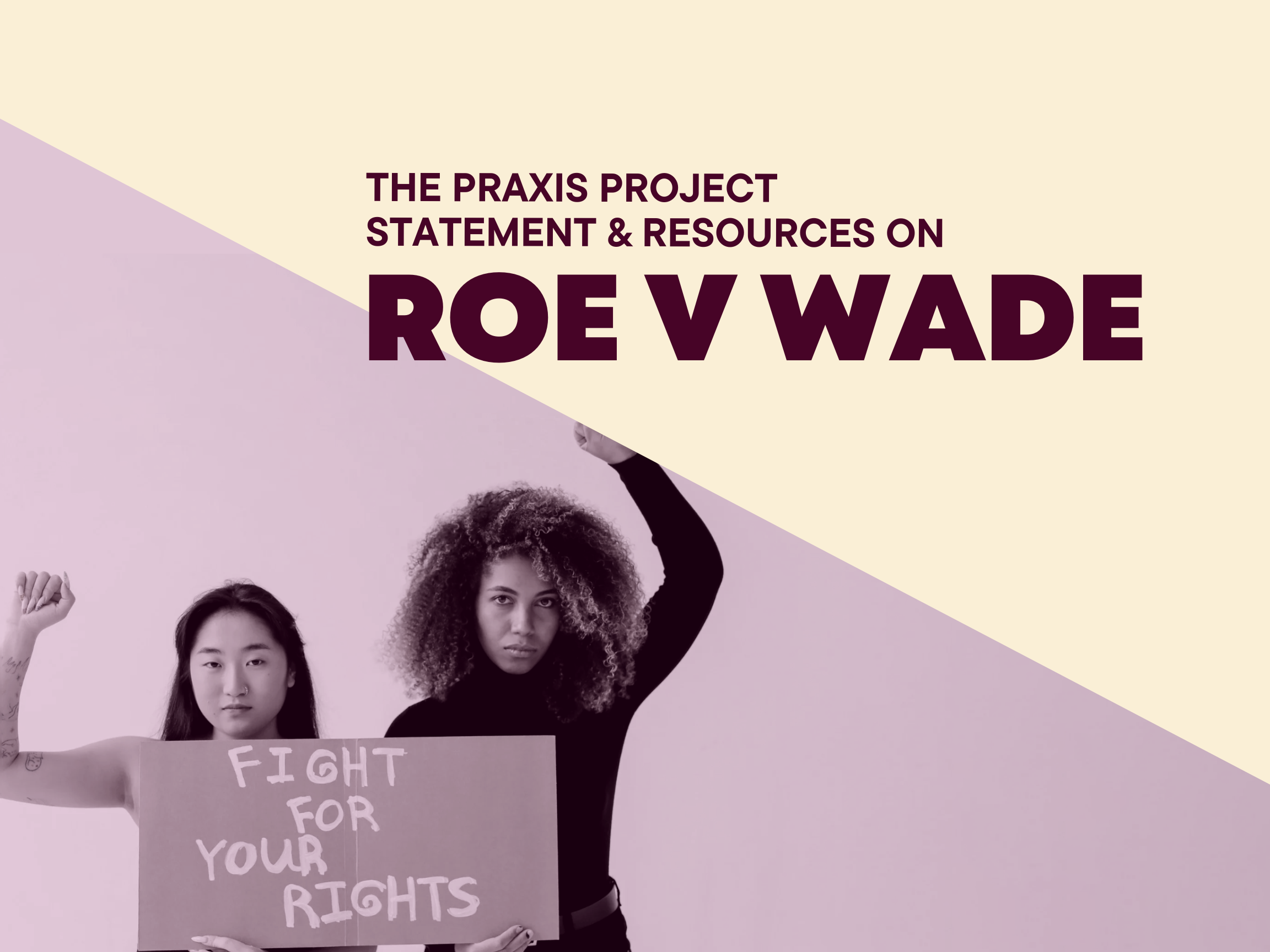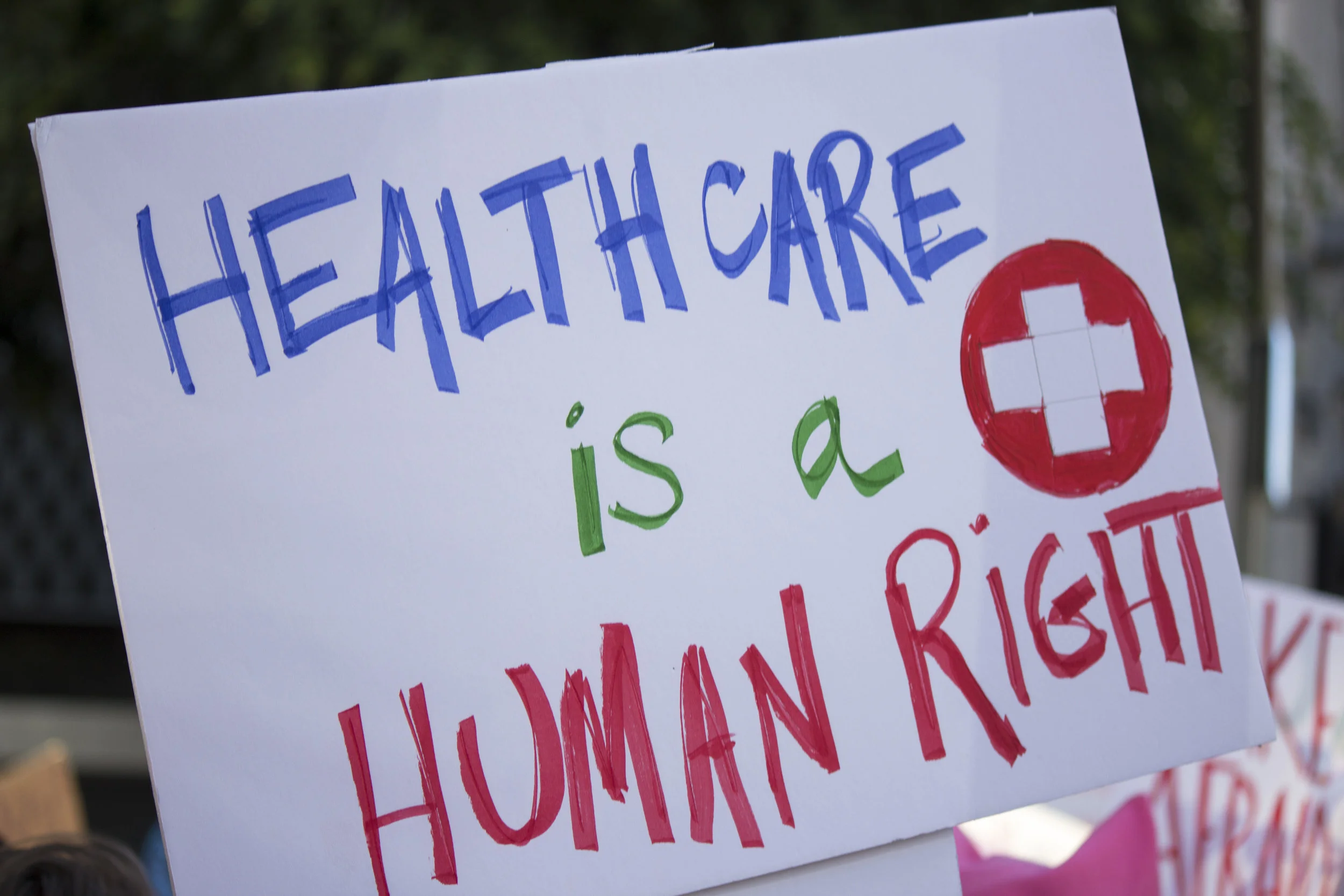Reproductive Life
Reproductive justice, as defined by Black women who have led this movement, refers to an individual’s social, political, and economic power to make decisions about their sexual and reproductive lives. This includes access to comprehensive and affordable care that supports a person’s autonomy to make decisions about when and if to have children, as well as the availability of services that are responsive to people’s culture, language, and identities. The ability to live in a society that supports if, when, and how individuals choose to have a family is interconnected with environmental justice, migrant justice, education justice, and economic justice.
Reproductive justice recognizes that reproductive and sexual health decisions are shaped by the intersections of access to power, individual identity, availability of resources, conditions in the community, and economic factors.[1] Basebuilidng community organizers are working towards reproductive justice through a range of activities, with a focus on building access pregnancy centers, combating attempts to mislead patients from abortions and birth control, expanding student parental leave, working to reduce maternal and child mortality, and increasing the availability of services that are responsive to folks’ gender identity and sexual orientation. They also build the social, political and economic power of women, transgender or gender nonbinary folks, and other pregnant people so that they are full participating partners in building this movement.
DISPARITIES AND STATISTICS
Race and Ethnicity:
Black, American Indian, and Alaska Native (AI/AN) women are two to three times more likely to die from pregnancy-related causes than white women.[2] Race-based mistreatment, stemming from racism, may underlie racial disparities in sexual and reproductive health such as preterm or low birth weight for infants.[3] [4]
Socioeconomic Status:
Abortion restrictions have large and persistent financial and economic consequences for people who were denied abortion. Being able to control the timing of when to give birth increases the chances of achieving financial stability.[5] For those who have children, the cost of healthcare, education, food, diapers, and childcare poses an impact on financial and overall wellness.
Gender Identity:
Transmasculine people report gender bias, discrimination and stigma in accessing contraceptive care. Providers and facilities should offer tailored information and patient‐centered reproductive health care in supportive, inclusive settings.[6]
Ability:
People with differently abled bodies may have limited access to sex education and the full range of reproductive health services because of persistent negative societal views about their sexuality and reproduction.[7]
Insurance Status:
In 2017, women of color, single mothers, noncitizens, women with low incomes, women with a high school degree or less education, and those living in states that did not expand Medicaid under the ACA had high uninsurance rates [8] The medical benefits alone of contraceptive and maternal health services and services related to STIs comprise a lengthy and compelling list. This includes the prevention of high-risk pregnancies, unsafe abortion and its complications, obstetric complications, cancers of the reproductive system and deaths to AIDS. These services also contribute to improved nutrition for women and their children, decreased risk of anemia and infertility for women, and increased survival rates and better health for infants.




































